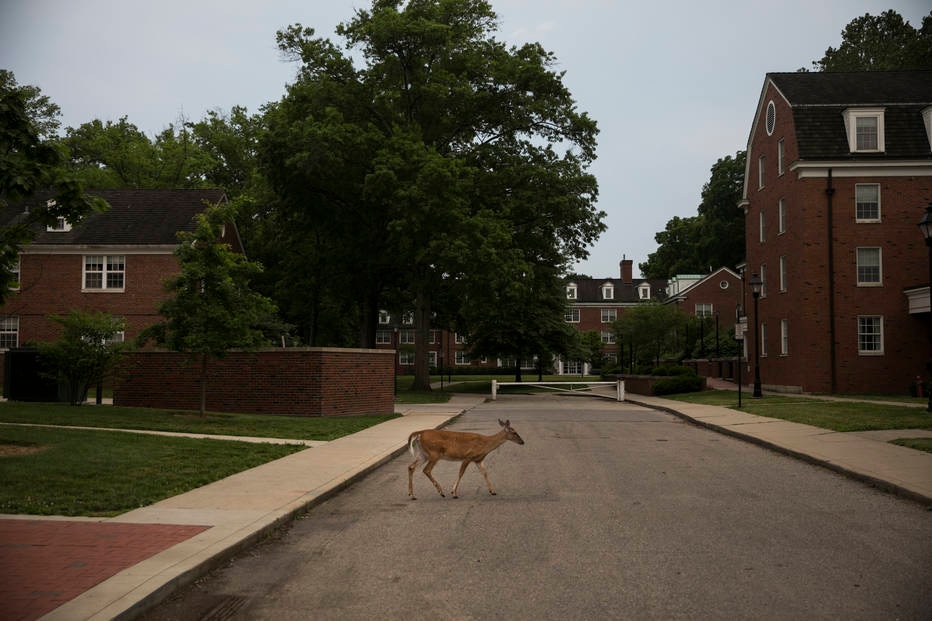The most famous deer is the white-tailed deer Odocoileus virginianus. Walt Disney inspired him to create the character Bambi, when he lost his mother in a forest fire, she made Jelly cry. There are currently 30 million of them in the United States circulating in woodland and suburban areas. Without predators, the population would have been growing.
The news is that SARS-CoV-2 has spread among deer. In Ohio, serological studies have shown that 40% of them have already contracted the coronavirus. Moreover, at the end of 2021, a survey conducted in eight points in the state showed that 36% of 360 animals tested positive for polymerase chain reaction (PCR), indicating that they were spreading the coronavirus at the time.
The discovery came when scientists tested deer slaughtered in a population control program in Ohio. In other words, a pandemic similar to ours is spreading among deer. In 15 of the infected animals, the virus present was rearranged. It was possible to show that the same strains that circulate among humans also circulate among deer.
Moreover, it was possible to conclude that there were at least four independent events of virus transmission from humans to deer. It was these events that started the epidemic that is now growing as one deer transmits the virus to others.
This discovery is not just a curiosity, but has important implications for the future of COVID-19 in humans. The coronavirus “jumped” from an animal (possibly a bat) to humans in late 2019 and spread across the world.
After that the virus was found in many pets and in zoos, but in all of these cases it does not seem to be able to spread from one individual to another, which prevents us from spreading a pandemic among dogs or cats, for example. . For this reason, until now, scientists have only had to worry about the emergence of new strains in humans.
But when the virus encounters another host, it continues to develop independently in that second animal, and new strains can emerge in those animals. These strains may infect humans in the future as well.
Viruses capable of infecting more than one host are difficult to control, as is the case with yellow fever, which recently re-emerged in monkeys in northern São Paulo and infected humans. With this discovery, SARS-CoV-2 belongs to the group of viruses with more than one host and now has at least two mammalian species in which it can evolve, one of which is an animal that we very much enjoy.
Information: SARS-CoV-2 infection in white-tailed deer. nature https://DOI.ORG/10.1038/S41586-021-04353-X 2022
* Biologist, Ph.D. in cellular and molecular biology at Cornell University and author of the arrival of the novel coronavirus in Brazil; lotus leaf, mosquito slice; And the long march of chicken crickets



![[VÍDEO] Elton John’s final show in the UK has the crowd moving](https://www.lodivalleynews.com/wp-content/uploads/2023/06/Elton-John-1-690x600.jpg)


More Stories
The Director of Ibict receives the Coordinator of CESU-PI – Brazilian Institute for Information in Science and Technology
A doctor who spreads fake news about breast cancer is registered with the CRM of Minas
The program offers scholarships to women in the field of science and technology